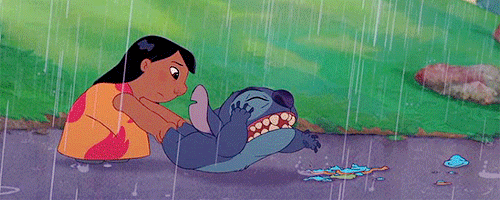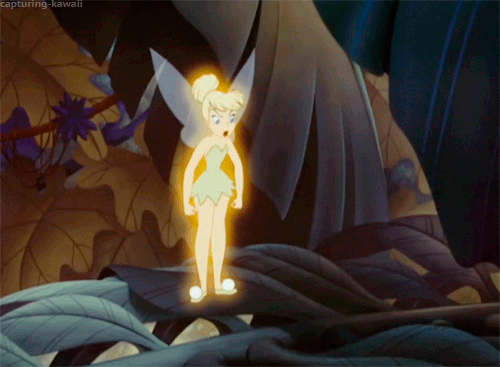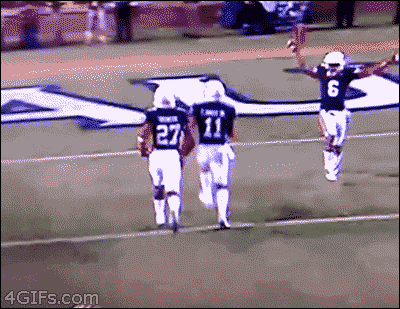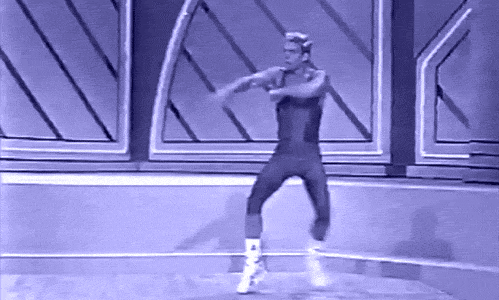I read pretty much anything I can get my hands on. I am an avid reader, I believe it would be fair to say.
I work part-time as a nanny to fill in the gaps left behind by, you know, being a horse trainer... so when I spotted the AYSO Coaching Guide hanging out, I read it because I had pretty much nothing else to read. Yay! So here are some notes, as loosely interpreted for riding/not translated to riding at all for your reading pleasure:
"Prioritizing development over winning does not reduce competition."
-focus on performance rather than outcome, which is not 100% under the rider's control.
-Coaches are: leaders, motivating, conscientious, fair and honest, dress smartly, knowledgeable, enthusiastic, communicators, observant, humorous, personable, confident.
-Successful coaches:
1) possess a wealth of soccer knowledge
2) prioritize athlete's well-being
3) have an ability to communicate knowledge to player
4) ability to observe, evaluate, and correct (in a positive manner) apparent faults
-Always prepare with a written training plan
-Set up your area prior to players and parents arriving - this sets tone and builds confidence
-Plan a smooth transition from exercise to exercise
-Find appropriate time to step in and avoid lengthy speeches
-Instructions should be concise, accurate, relevant, and demonstrated when possible.
-Ask factual (what), conceptual (how), and stimulating (why) questions
1) Say (explain skill/technique)
2) show (demonstrate)
3) do (player practice)
4) Review
Post-session: concise discussion (postivie comment/constructive feedback), review the training plan, and allow for coach evaluation.
"Coaching involves observing and evaluating player and team performance to determine what needs to be worked on in order to maximize development."
Training components (psychosocial, physical, technical, tactical) are then incorporated into a training session to improve player.
Organize to coach: sessions are composed (free play); warmup; activities 1 & 2; small-sided matches; cool down.
(
Grooming/on ground handling; warmup; activities 1&2; dressage test/basic obstacles/jump course; cool down.)
-Principles of play should be considered and applied throughout
-Coach using sound methodology (say show do review)
"Youth players need to practice in a match-like environment, which provides numerous opportunities to practice and repeat a skill."
-Mistakes are markers for improvement
-progress from simple to complex and unopposed to opposed
-Players must first be successful with a technique before the activity is progressed
-Repetition is a key component to skill development; don't bombard players with multiple topics per lesson
-Encourage free-play as it will remind players of the fun and intrinsic benefit of practicing freely
-Don't spend time running laps
because you don't run laps in a game
-Eliminate activities that involved players waiting for their turn to play
-Keep communication positive, brief, and to the point
10-20 minutes before start, players should drink 7-10 fl oz of water
Break every 10-15 minutes
"Ask players to work on their own self improvement."
Develop a team goal
Develop a coaching philosophy
Reading through this it sort of would work for kids as well as horses. I typed this all on my phone so I apologize for any typos.












































